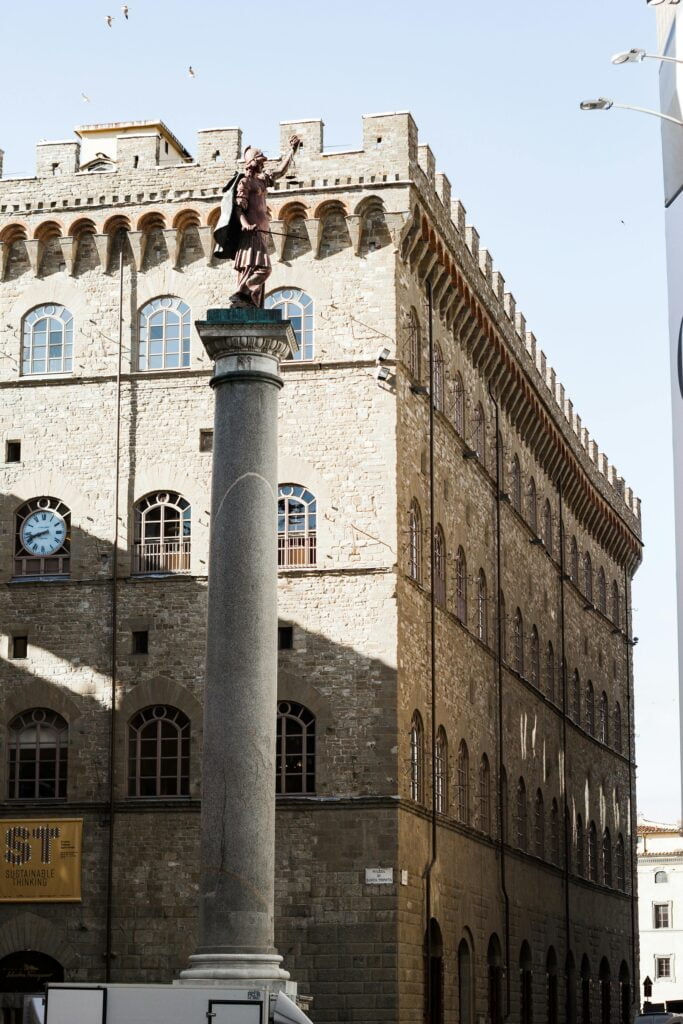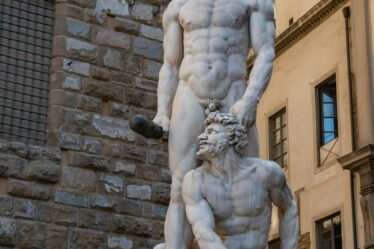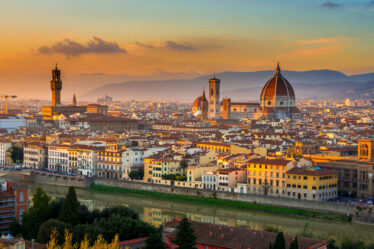

A Forgotten Chapter: Palazzo Spini Feroni as Florence’s Municipal Seat
During the period when Florence was the capital of Italy (1865–1871), Palazzo Vecchio became the center of national power, housing the Chamber of Deputies, the Senate, and the Ministry of Foreign Affairs. This created a logistical issue—where would the municipal offices and staff be relocated?
The solution came in the form of Palazzo Spini Feroni, a medieval palace strategically located near the city’s new power center. Few people know that from this time until 1881, the palace—now home to Salvatore Ferragamo’s fashion empire—served as Florence’s City Hall.
The Ferragamo Era: A Fashion Legacy in a Historic Palace
In 1938, legendary shoe designer Salvatore Ferragamo purchased Palazzo Spini Feroni, transforming it into the headquarters of his luxury brand. Ferragamo’s bold and innovative footwear designs made him world-famous, leading him to establish the Ferragamo Museum inside the palace in 1995. Today, the museum showcases the designer’s most iconic creations and celebrates his contribution to Italian fashion history.
Palazzo Spini Feroni in Renaissance Art: Ghirlandaio’s Frescoes
This historic palace is immortalized in Domenico Ghirlandaio’s frescoes in the Sassetti Chapel at the nearby Church of Santa Trinita. In the scene “The Miracle of the Resurrected Child,” Palazzo Spini Feroni appears in the background:
- A child falls from a window of the palace, shocking the onlookers.
- In the center, the same child miraculously revives as Saint Francis of Assisi gestures from the heavens.
The entire fresco cycle honors Saint Francis, linking him to a miracle that supposedly occurred in Piazza Santa Trinita, just outside the palace.
Beatrice’s Well: A Dantean Connection
Beneath the palace, where the Ferragamo Museum stands today, lies an ancient well once used by the Spini family. Known as “Beatrice’s Well,” it is named after Beatrice Portinari, the muse of Dante Alighieri. According to Dante’s Vita Nuova, he first saw Beatrice near the adjacent Ponte Santa Trinita—a romantic connection that ties the palace to Florence’s literary history.



